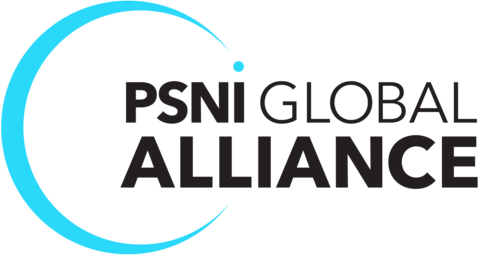In the modern collaborative era, just about everyone is familiar with web conferencing. Using your phone and content sharing software on your computer, you can share slides and screen shots and talk about them and edit them in real-time. For a small, geographically dispersed team looking to simulate face-to-face meetings and cooperation, web conferencing is a familiar and often used technology solution.
But what about when your CEO wants to address the entire company at the same time? Or when your product development manager wants to demonstrate a new technology offering for all your sales staff? Or when your sales staff wants to broadcast a “how-to” webinar for new or potential customers? Or what about when you need or want a broadcast-quality presentation, beyond what a simple webcam connected to a PC can provide? Suddenly the web conferencing stand-by doesn’t cut it anymore.
Web Conferencing Versus Webcasting
A web conference is, essentially, an online meeting. Best suited for small groups that need to communicate and collaborate on a product or topic in real-time, web conferences use phone bridges to capture audio and computers to share content such as slides or screens. In some cases, a webcam connected to the computer adds a video component.
Webcasting, on the other hand, is a large-scale presentation offered live and/or on-demand. In other words, webcasting is broadcasting over the Internet. Webcasting is well-suited for large-scale events and provides more a professional, broadcast-quality product.
Because of the prevalence of web conferencing in today’s workplace, you may have already made significant technology investments to support it. It can certainly be tempting to think that web conferencing solutions can be adjusted to meet webcasting needs. But there are several potential pitfalls to consider.
Ease of joining. Web conferences usually use a phone bridge—or multiple phone bridges—for participants to call in. It’s one thing to wait for one or two people to fumble with their connection; it’s quite another to wait for one or two hundred people to figure out how to dial in.
Video quality. Both web conferencing and webcasting offer a video component, but the image you capture on a video conferencing webcam can’t compete with the quality of a professional broadcast source. Although the picture quality of webcams has improved, they still have to be connected to a computer and a standard PC can’t support a broadcast quality camera. In addition, webcams are operated by whoever owns the computer, in other words, probably not an IT pro. Webcasts generally have someone to take on the roles of producers as well as professional lighting, sound and camera operators, if not hired directly. None of that is necessary when two co-workers are editing a document together, but when your CEO is talking to shareholders about a new acquisition, video quality starts to matter more.
Platform reliability. Raise your hand if you’ve ever participated—or hosted—a web conference that suddenly got garbled or quit all together. Personal computers using standard Internet connections and running multiple applications are prone to freeze or crash. That might be fine for an internal meeting but less so for a presentation to potential customers or investors. The bigger the stakes, the more reliability matters.
When Webcasting Is Better
So you’re convinced that web conferencing isn’t always the right solution. But how do you know when webcasting is? Here are three business factors to consider.
1. How big is your audience? And where are they? The larger the group you need to address or engage, the more webcasting makes sense. Webcast participants still benefit from interactive features including real-time dialogue, Q&A and polling but in an easier-to-manage environment. In addition, most web conferencing applications have a cap on the number of participants, but webcasting applications are scalable to an audience of almost any size.
2. What are your presentation goals? Internal collaborative meetings are rarely double as a sales pitch. But in large-scale public presentations, such as those to customers, vendors or investors, the image you present of your brand and competence matter. Localized web conferencing technology is probably not up to the task. When it comes to promoting your brand, addressing a controversial topic or demonstrating a new product or capability, crisp, clear, TV-quality broadcasting that doesn’t freeze, cut out or go squiggly is essential.
3. What is your budget? The first thing that comes to mind when new technology is on the table is always money. How much will a new solution cost? The other side of the coin, however, is how much sticking with old, ill-suited technology will cost you. Some web conferencing models, for example, charge per participant while webcasting providers charge a flat fee per event. Webcasting technology also automatically creates a video archive of your events that can usually be accessed for free by participants who missed the original event or want to view the recording on-demand. In some cases, webcasting an event can cost half as much as using a web conferencing solution.
Choosing The Right Webcasting Technology
As with almost any audiovisual solution, your results are only as good as your planning and there are a lot of options out there. Whether you are looking for the best third-party provider or have invested in in-house technology and need help getting the most of your tech investment, there is an AV integrator near you who can help!









